Technical PanTherm PT80 User manual




















This manual suits for next models
23
Table of contents
Popular Indoor Fireplace manuals by other brands

ambe
ambe Multi49 owner's manual

Valor
Valor 1200EAN Installation and configuration
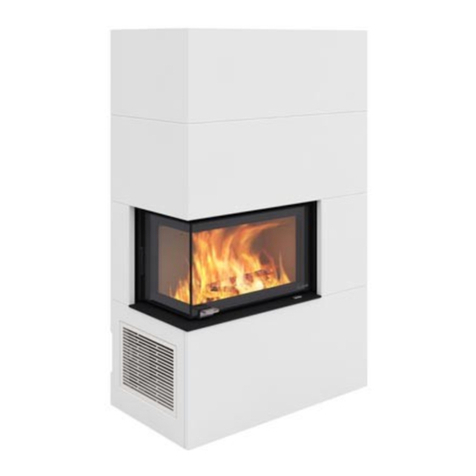
Nordpeis
Nordpeis Panama installation manual
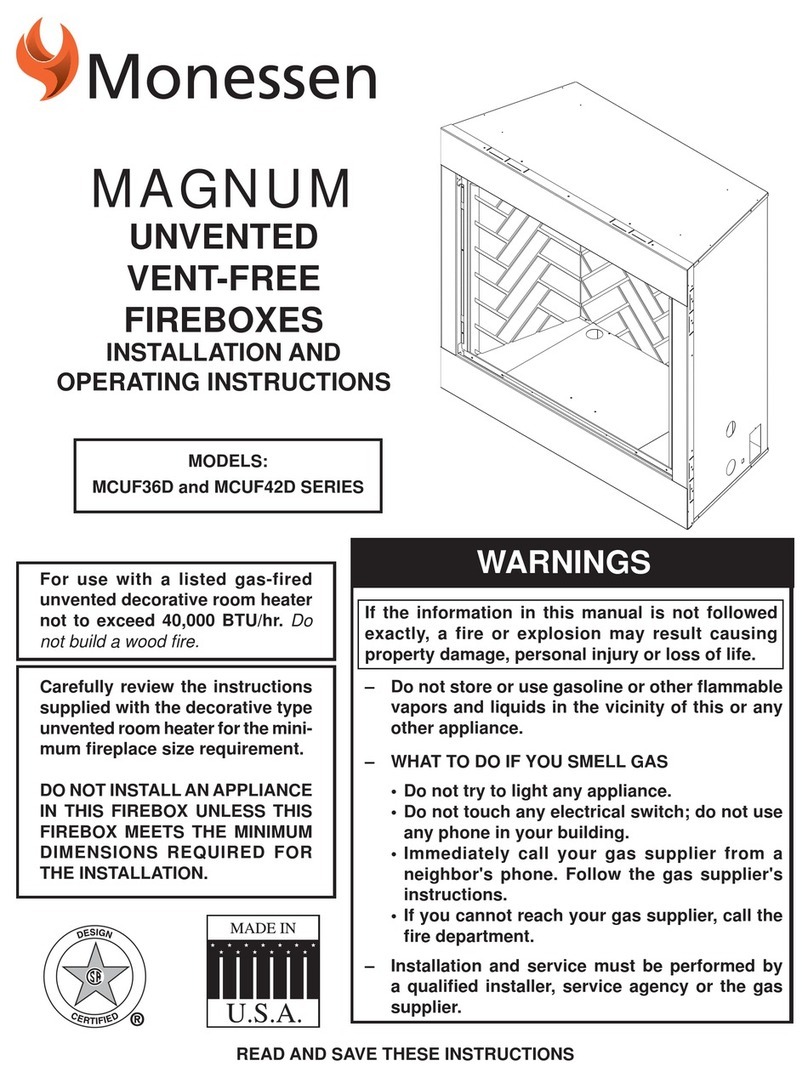
Monessen Hearth
Monessen Hearth Magnum Unvented Vent-Free Fireboxes MCUF42D... Installation and operating instructions
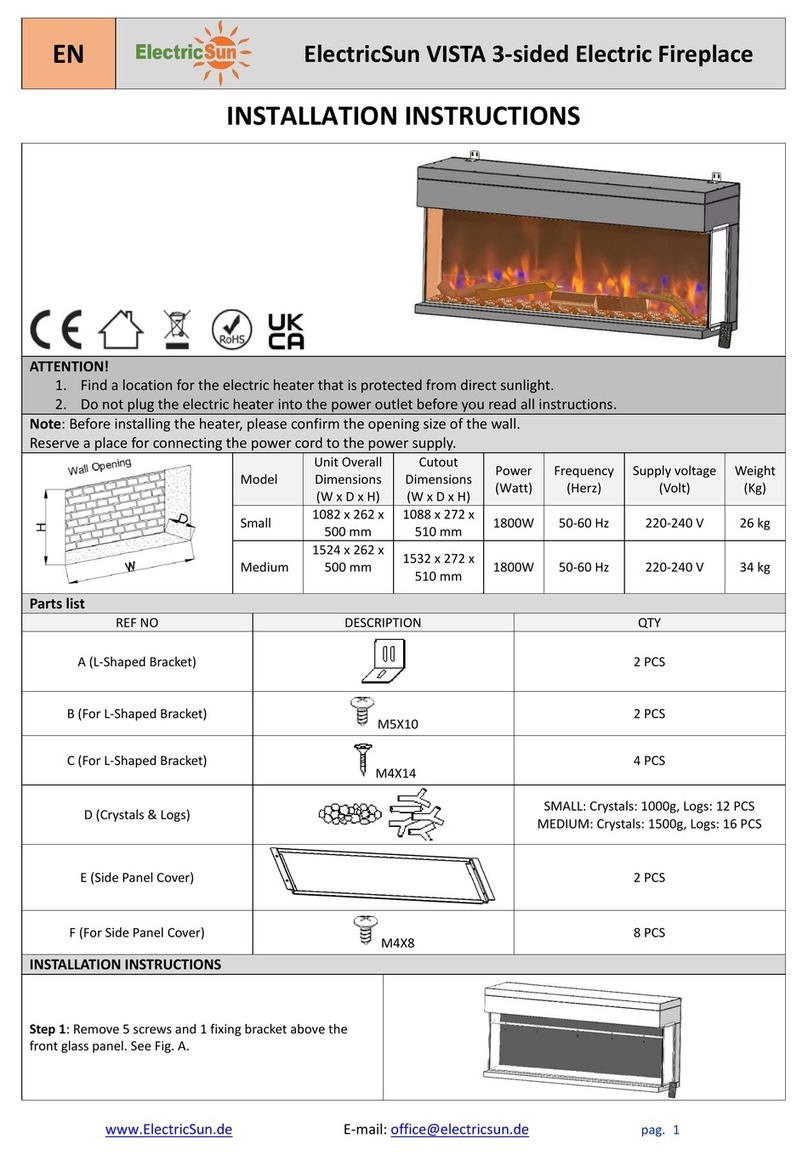
ELECTRICSUN
ELECTRICSUN VISTA installation instructions

Valcourt
Valcourt ANTOINETTE FP7CB Quick install guide

AFLAMO
AFLAMO Fort BB owner's manual
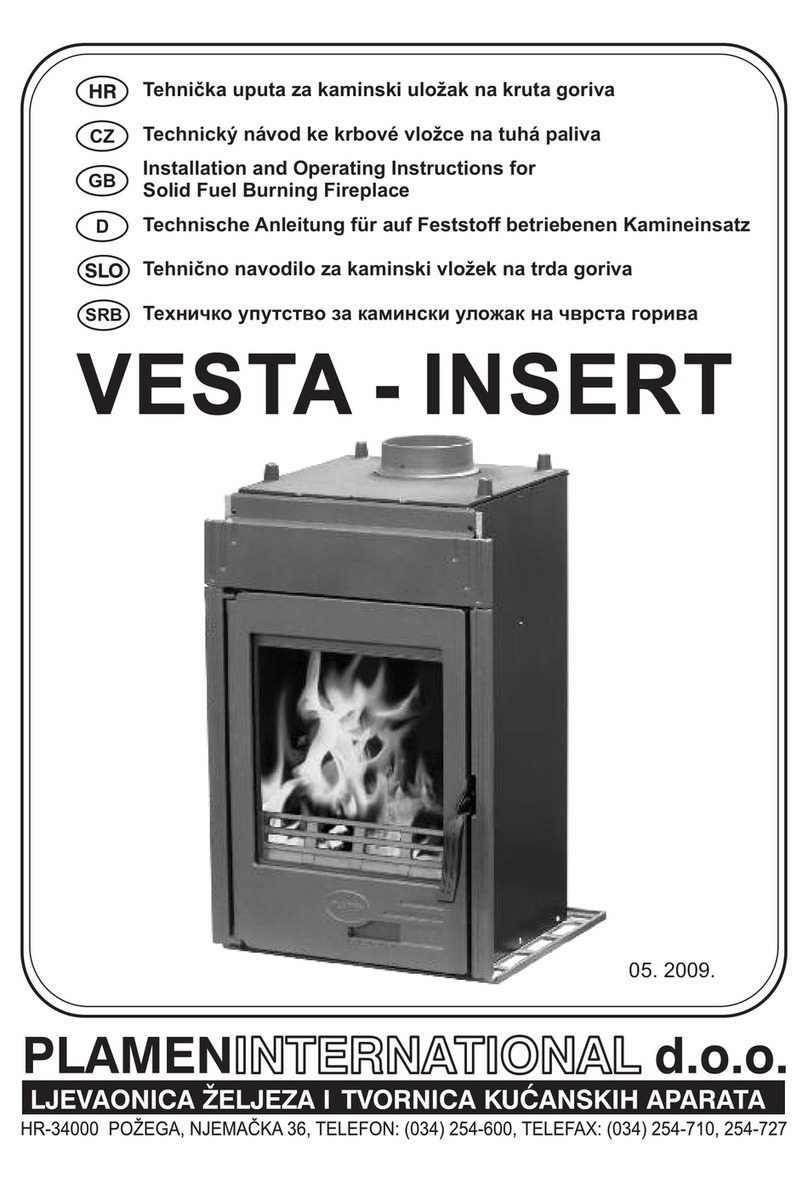
Plamen International
Plamen International Vesta Installation and operating instructions
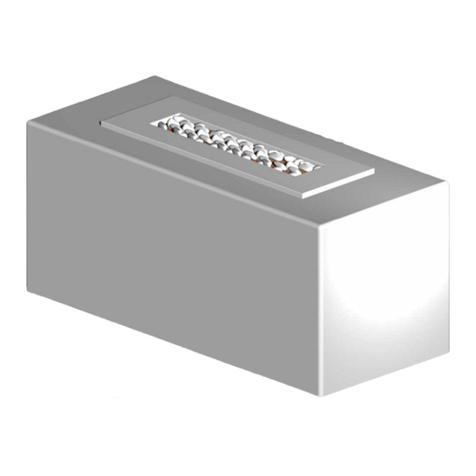
Jetmaster
Jetmaster DROP IN 1020 Installation and operation instructions

Sirocco
Sirocco Streamline 3 Installation and user instructions

pleasant hearth
pleasant hearth LH-24 operating instructions
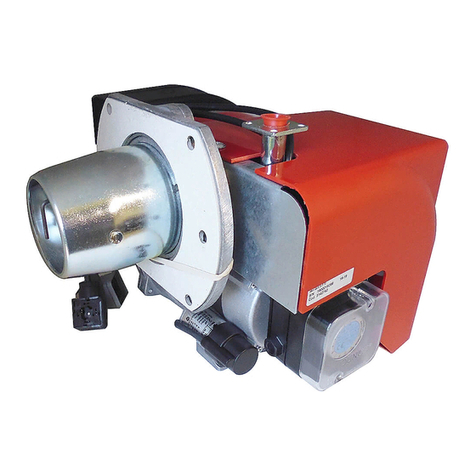
Ecoflam
Ecoflam MAX GAS 40 P operating instructions

Twin-Star International
Twin-Star International 18EF023GRA manual

Rinnai
Rinnai Evolve RHFE950ETRN installation guide
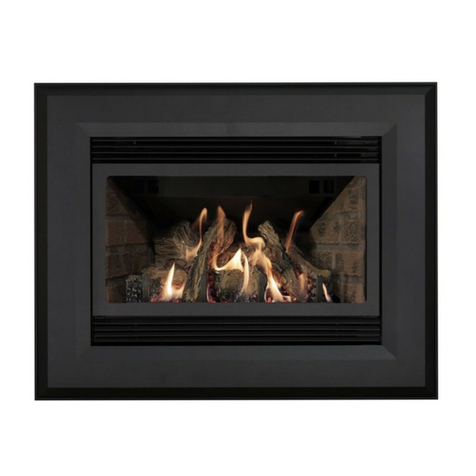
Archgard
Archgard OPTIMA 22 User's installation, operation and maintenance manual
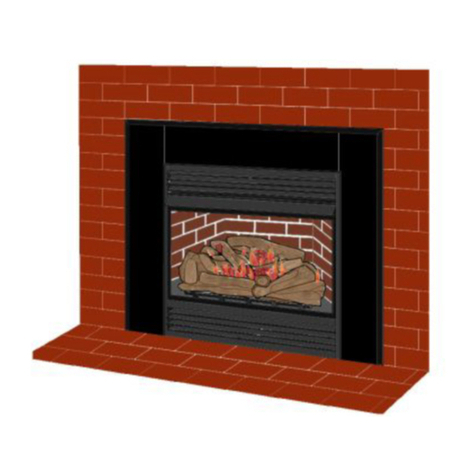
Desa
Desa Vanguard VI33PR OWNER'S OPERATION AND INSTALLATION MANUAL

Majestic
Majestic JADE42IN owner's manual
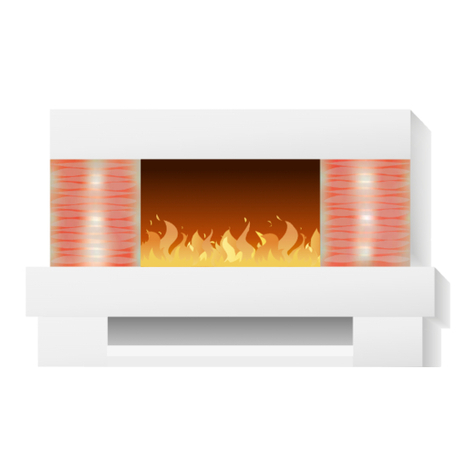
Flamerite Fires
Flamerite Fires Luma Series Installation, Precautions & Servicing